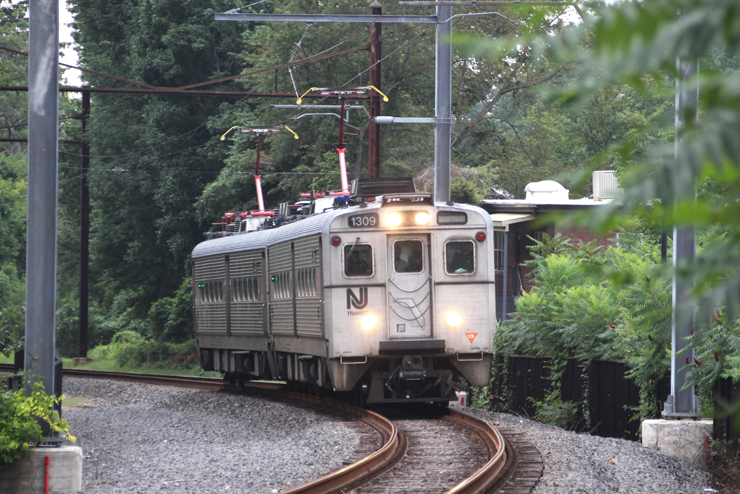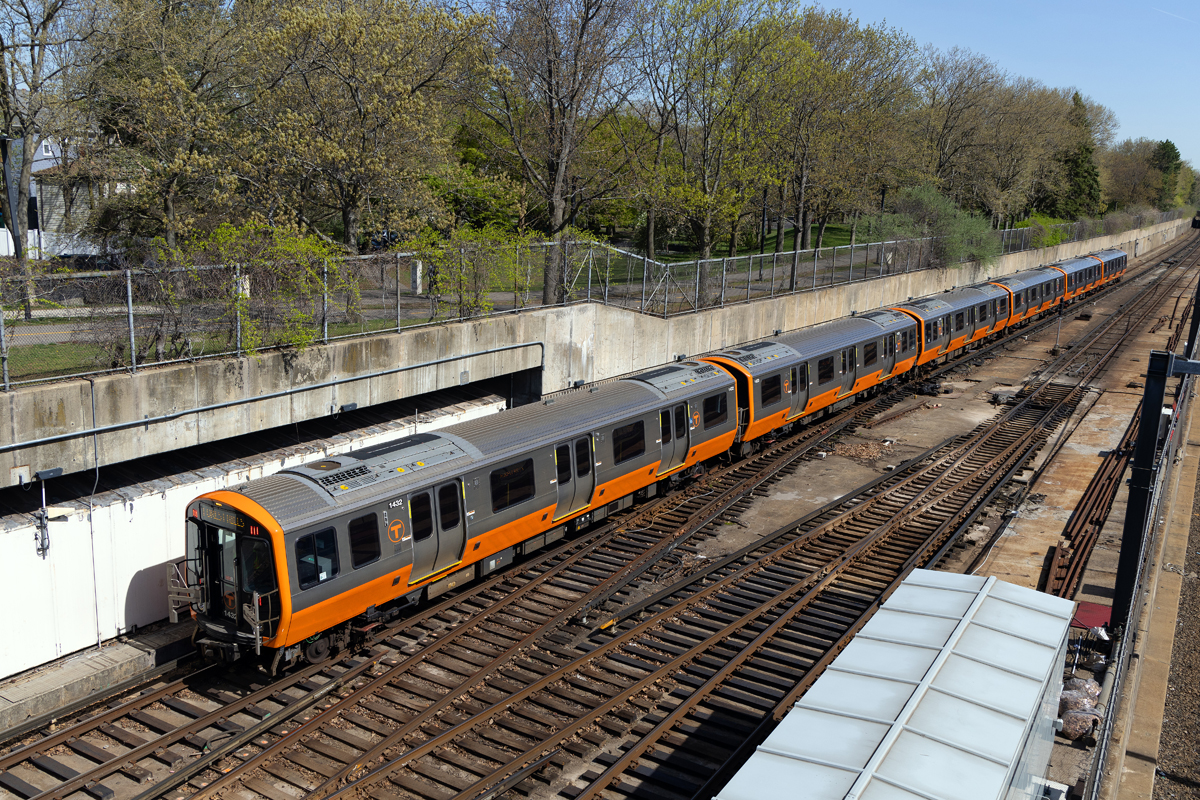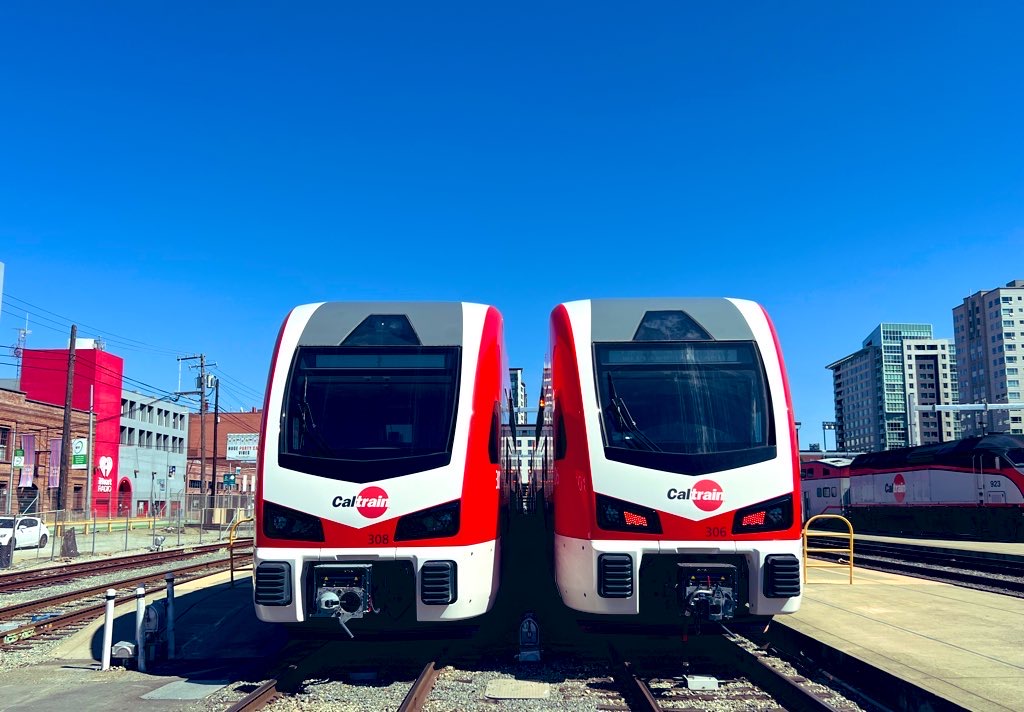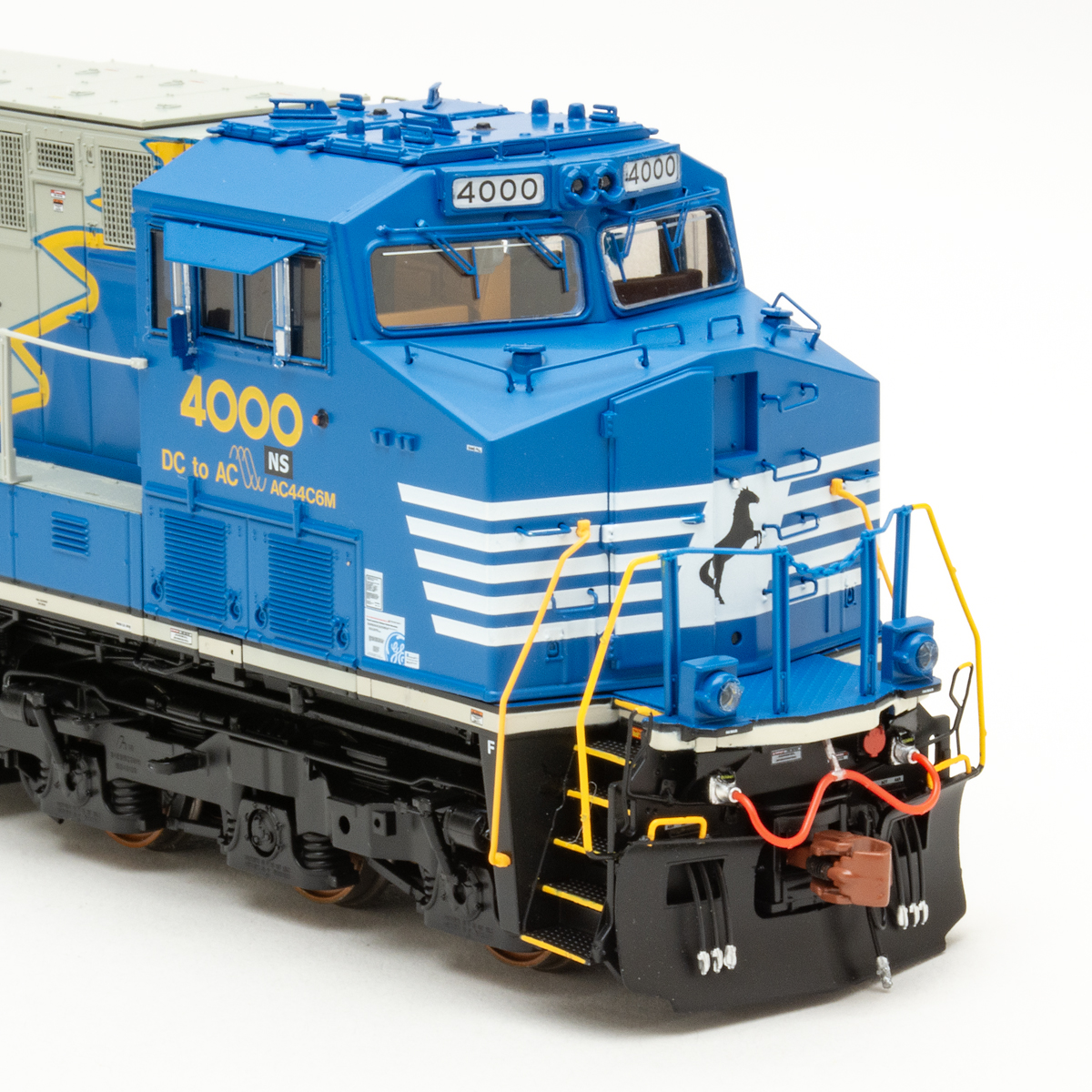
PRINCETON, N.J. — The nation’s shortest scheduled commuter rail line now has a 50-50 chance of remaining as it is.
The Daily Princetonian reports that a study of possible options to replace “Princeton Dinky,” the 2.7-mile electrified NJ Transit line connecting the Princeton University campus to the Northeast Corridor, has reduced four potential options to two — one of which is keeping the line as it is.
The other option still under consideration is building a light-rail line that would be imbedded in a bus rapid transit route; the two transit modes would alternate, with light rail ending at the existing university station while buses would continue into downtown Princeton. The cost of that project is estimated at $100 million; the as-is option is estimated to cost $15 million for maintenance of existing equipment.
Eliminated from consideration were an all-bus option and one in which the light rail and bus routes would have been side by side.
The study began last year [see “Digest: NJ Transit study could lead to the end of ‘Princeton Dinky,’” Trains News Wire, April 12, 2021]. The Dinky, officially known as the NJ Transit Princeton Branch, currently operates with a two-car Arrow III trainset.














FWIW… a coupla comments on the “Dinky”, which I first rode in 1972 and many times since. First, it is mistaken to characterize ridership as students and staff of PU. Much more diverse. Second, it is clear that NJ transit wishes to diminish ridership, for example by closing the old station stop closer in to campus.
Princeton University has its own transit system called Tiger Transit, and its bus route 4 connects Princeton Station with Princeton Junction, duplicating NJT’s train.
The line is built to RR standards. 50+ years ago Ivy League football was a big draw and PRR ran football extras to Princeton. The current football stadium is on the site of the 1940’s one but is now some distance from the current RR Station as the University has been gradually pushing the RR out of the campus.
.
Could be a route to test full automation on to reduce the labor cost component.
The only reason this line serves primarily students and staff is that it has no other stops between Princeton Junction and the University. But it runs directly behind numerous large employers along Alexander Road. Rather than coordinate with the municipality and attempt to provide a transit alternative to those places, Transit chose to abandon the Penns Neck station 30 years ago and not replace it. This has since become a thriving and growing tech employment corridor up and down US 1 through Middlesex and Monmouth Counties.
And if Transit feels the branch shouldn’t continue as a “heavy rail” facility, it already has proven light-rail technology, both electric and diesel, that is running successfully in three other locations around the state. In fact, a RiverLINE car could literally run under its own power the 12 miles from its current Trenton shed to Princeton Junction, with a couple of minor track repairs. IMHO these cars could easily replace the current MUs with minor adjustments at the platforms, if any at all. That $100M price tag just mystifies me.
Finally. A comment from someone who knows the situation instead of random “wow aren’t public officials dumb” comments from people who don’t live there.
Not calling public officials “dumb” just hoping they don’t do something dumb like depending $100 million to fix something that looks not to be broken.
MIKE – I think I see your point. To ride any of these alternatives means a change from NEC at Princeton Junction. No one has ever suggested through trains from New York or Newark to the Princeton University campus. So the question is, there not being the same train as runs on NEC, does it have to be the same format of train? Whatever is the best local distribution is what ought to be built. It doesn’t have to be built to NEC standards. It can be light rail or a people mover or buses or whatever New Jersey comes up with to best serve all potential customers in Mercer and surrounding counties.
This goes back to yesterday’s discussion on airports. Say I take Amtrak to EWR airport in Jersey, BWI airport in Maryland, or MKE airport in Wisconsin. Or else a commuter train, METRA or MBTA, to ORD airport in Chicago or PVD airport in Rhode Island. I need to get from the rail station the last mile (or last two miles) to one or another point on the airport property. That local distribution doesn’t have to be an Amtrak – like train. Probably best if it isn’t.
So no, going onward from Princeton Junction doesn’t need to always look like Pennsylvania Railroad built it before any of us were born.
Mike, I worked in the government sector for 34 years. Government agencies working with OPM do dumb things. Sometimes over and over.
Case in point, a city planted fan palms in a median island with fescue turf. Fescue turf needs a lot of water. The fan palms, not so much. To make matters worse, many palms were planted deep so all were the same height. Lo and behold, they started dying. Too much water from the turf? We’ll install a drainage system in the median island. Replace the dead palms with shorter trees so they are not planted deep? Nope. As the Assistant Arborist, I checked the trees every other week for pink bud rot (Nalanthamala vermoeseni) (previously called Penicillium vermoeseni or Gliocladium vermoeseni). The dying palms were replaced over and over, always expecting a different result.
I can go on with many other examples. One of those examples was posted in the news a few weeks ago.
However, to even think of replacing a system that is fully functional using operations and maintenance funding (O&M) through a major capital spending project is just plain dumb. Keep in mind that the 10-year O&M costs of the new system will be higher than the current 10-year O&M costs.
You don’t have to “live there” to see the challenge here.
Agree between the two choices, but how about Princeton University pay for it or even run it (via a contractor)? They have a $26 billion endowment. Why should taxpayers continue to subsidize this service that is only for students and staff?
Looks like a no brainer to me.
Same here.
There is a reason it will be a “No Brainer.” No brains will be used and $100 mil will be spent on a boondoggle.
Good point, and your more than likely correct.